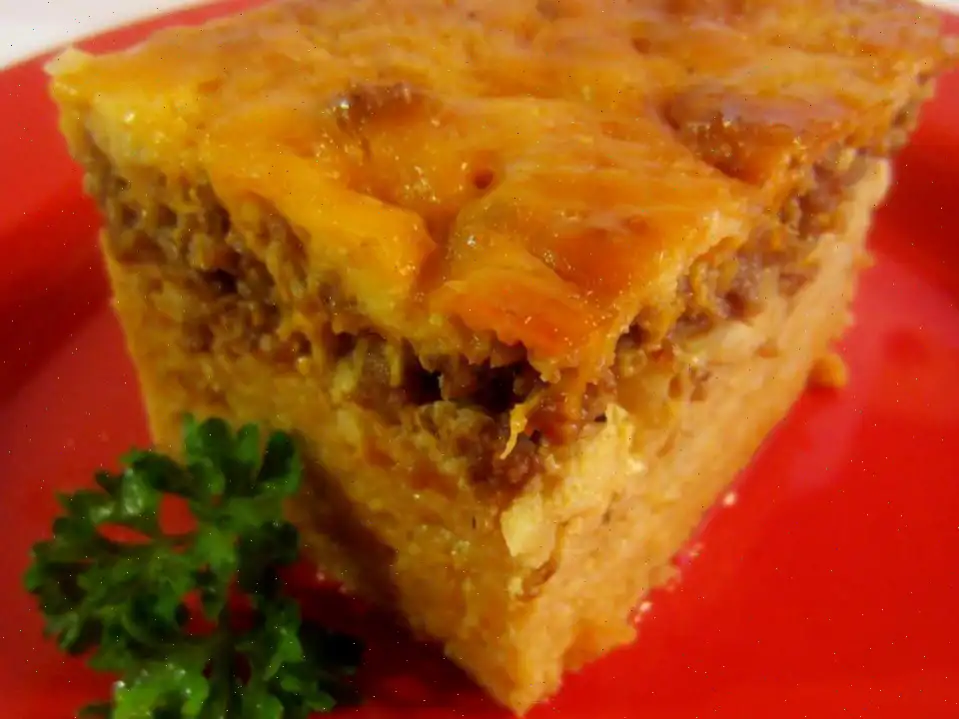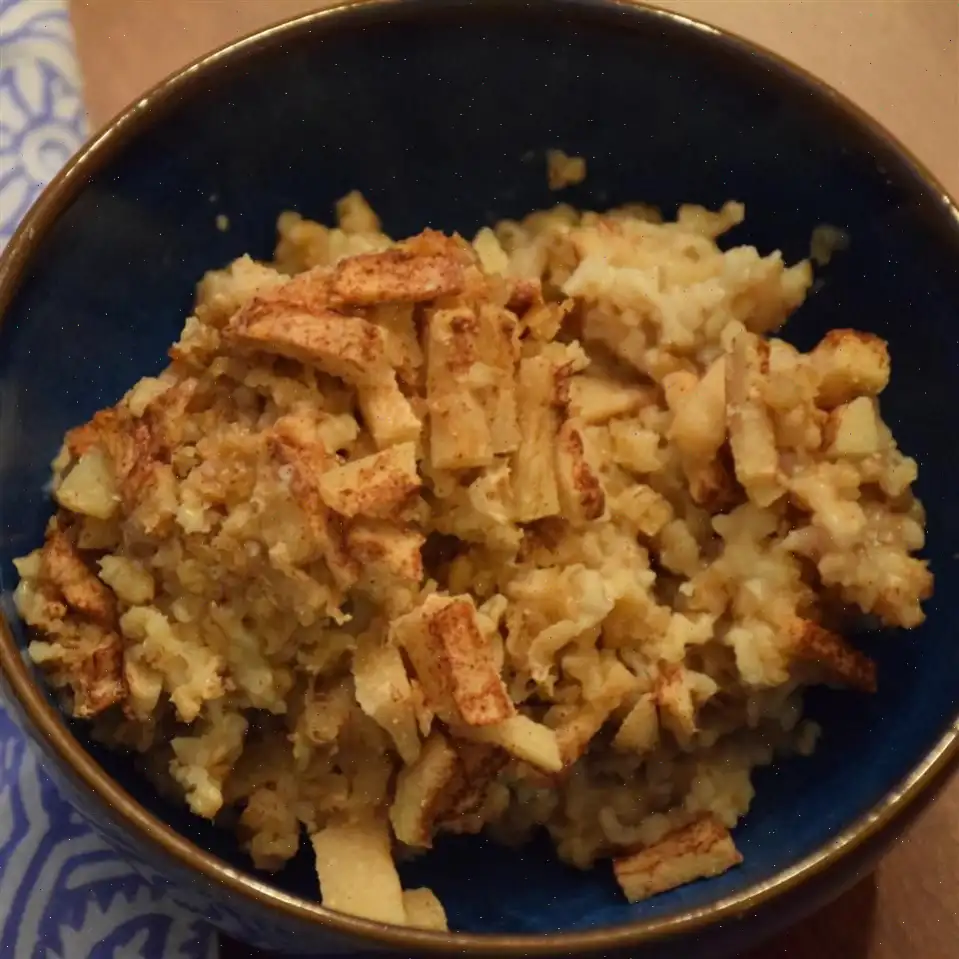
Menemen (Turkish Scrambled Eggs) Recipe
Ingredients
- 2 tablespoons unsalted butter
- 2 tablespoons olive oil
- 1 1/2 cups diced fresh peppers (any mix of sweet and chile peppers)
- 1/4 cup diced onion (optional)
- 1 teaspoon kosher salt, plus more to taste
- 1/4 teaspoon dried oregano
- 1/4 teaspoon Aleppo chili flakes (or any chili flakes), plus more to taste
- 1/4 teaspoon freshly ground black pepper
- 2 cups diced or chopped fresh or canned tomato
- 1/2 cup shredded Monterey Jack cheese or mozzarella
- 4 large eggs
- 1/4 cup cilantro leaves
- Crusty baguette, for serving
Directions
- Heat butter and olive oil over medium-high heat in a large pan. Once melted, add the diced peppers, onions (if using), and salt. Cook, stirring occasionally, until the vegetables soften and begin to brown around the edges, about 3-4 minutes.
- Stir in the oregano, chili flakes, black pepper, and diced tomatoes. Bring the mixture to a simmer, then reduce the heat to low. Cover and cook for 10 minutes, or until the vegetables are tender.
- Once the vegetables are cooked through, stir in half of the shredded cheese. As the cheese melts, crack the eggs into the tomato mixture. Use a spoon to break the yolks, then gently stir the eggs into the mixture. Stir for a few seconds for a smoother texture, or for a few minutes if you prefer creamier eggs. If you prefer larger chunks of egg, stir only briefly.
- Cover the pan and cook on low heat for about 3 minutes, or until the eggs are cooked to your desired consistency. Remove from heat.
- Top with the remaining cheese and a drizzle of olive oil. Add a pinch more chili flakes, then sprinkle with fresh cilantro leaves.
- Serve the Menemen with plenty of crusty bread or toast on the side.
Chef's Notes
- If you prefer a version closer to classic scrambled eggs, increase the egg count to 6 and stir the eggs less thoroughly.
- For a different texture, you can crack the eggs directly on top of the tomato mixture and cook them unbroken, similar to shakshuka.
- Feta cheese can be used instead of Monterey Jack or mozzarella, or you can combine both for extra flavor.
Nutrition Facts (per serving)
| Calories | 705 |
| Total Fat | 26g (33% DV) |
| Saturated Fat | 10g (48% DV) |
| Cholesterol | 214mg (71% DV) |
| Sodium | 1586mg (69% DV) |
| Total Carbohydrate | 91g (33% DV) |
| Dietary Fiber | 6g (23% DV) |
| Total Sugars | 12g |
| Protein | 29g (57% DV) |
| Vitamin C | 64mg (71% DV) |
| Calcium | 265mg (20% DV) |
| Iron | 8mg (46% DV) |
| Potassium | 572mg (12% DV) |
The Origins and Cultural Significance of Menemen
Menemen is a beloved Turkish dish whose roots trace back to the early 20th century in the western regions of Turkey. It is named after the small town of Menemen in the zmir province, where locals perfected this combination of eggs, tomatoes, peppers, and olive oil. While its exact origin is somewhat debated, culinary historians agree that it emerged from the fertile Aegean region, where fresh vegetables are abundant and breakfast traditions are rich. Menemen was originally a simple farmers meal, designed to provide a hearty, nutritious start to the day using readily available ingredients.
Regional Variations Across Turkey
Although the core ingredients remain consistent, regional variations give Menemen its diversity. In the Aegean region, it often includes a generous amount of olive oil and fresh green peppers. In central Anatolia, some recipes incorporate onions or local cheeses, while in coastal cities like Istanbul, people may add mild chili flakes or herbs such as parsley and mint. These subtle differences in preparation reflect local tastes and the availability of seasonal produce, making each version uniquely tied to its region.
How Menemen Differs from Similar Dishes
Menemen is frequently compared to shakshuka, a North African and Middle Eastern dish, but the two are distinct. Unlike shakshuka, Menemen usually features lightly scrambled eggs stirred into the tomato mixture rather than eggs poached on top. It often uses milder spices and includes a variety of peppers, giving it a softer, sweeter flavor profile. The addition of cheeses like feta or Monterey Jack, which is common in Turkey, also sets Menemen apart from its spicier or more herb-forward counterparts.
Serving Traditions
Traditionally, Menemen is served at breakfast or brunch, accompanied by freshly baked bread or a crusty baguette to soak up the rich tomato and egg mixture. It is rarely eaten as a standalone meal, as it is considered a comfort food designed to be shared at the family table. In modern Turkish cafs, Menemen can also be found on lunch menus, often paired with olives, yogurt, or fresh herbs to enhance the flavors and texture.
Interesting Facts About Menemen
- Menemen is so cherished in Turkey that some regions celebrate it as part of local culinary festivals.
- The dish is traditionally cooked in a shallow pan called a sahan, which helps achieve the perfect balance of soft eggs and simmered vegetables.
- While simple, Menemen has inspired numerous variations, including vegan versions that replace eggs with tofu or scrambled chickpea flour.
- In Turkish culture, Menemen is often associated with leisurely weekend breakfasts, reflecting the value placed on family gatherings and hospitality.
- Despite its humble beginnings, it is now considered a gourmet breakfast option in upscale Istanbul restaurants, sometimes served with exotic cheeses or artisan bread.
You can listen to this recipe in AI audio format. Simply click the play button below to listen to the content in a format that suits you best. It’s a great way to absorb information on the go!








